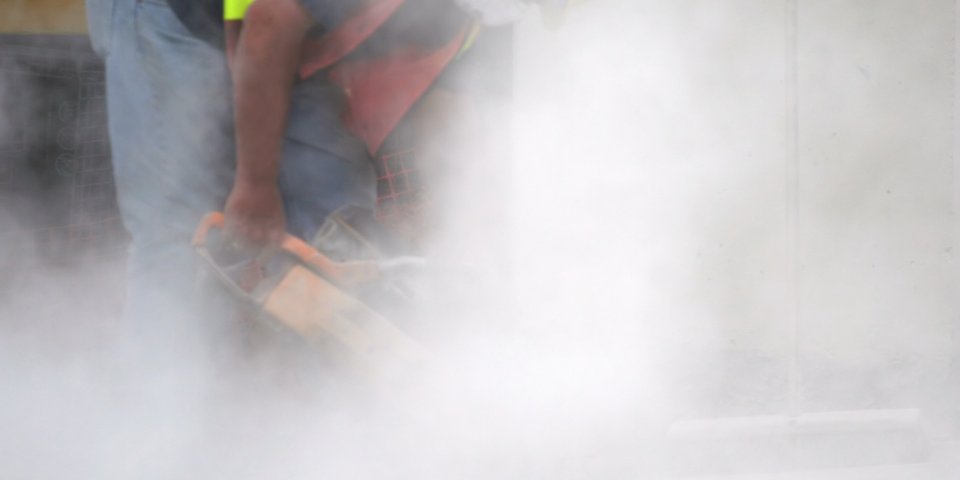 iStockphoto/kozmoat98
iStockphoto/kozmoat98Lead and Diisocyanates
The EU agrees to amend directives on lead and diisocyanates in the workplace.
UM – 11/2023
On 14 November, the negotiators from the
European Parliament and the Council reached a provisional agreement on the
directive regarding the limit values for lead and its inorganic compounds as
well as those for diisocyanates. The agreement is a positive signal for safety
in the workplace. However, both the Parliament and the Council still have to
formally adopt the agreement.
Lower limits for lead
The new regulations are intended to provide
better protection with regard to the health of employees. The workplace maximum
allowable concentrations for lead will be reduced to 0.03 mg/m3 air
and the biological limit value to 15 µg/100 ml blood. In addition to a two-year
implementation period, a transitional period of three years is planned for the
latter value and the limit value will be set at 30 µg/100 ml during this
period. Those affected from being exposed to lead in their workplaces for years
should undergo regular medical monitoring. Female employees of childbearing age
should be better protected.
Limit values for diisocyanates for the first time
Limit values for diisocyanates will be
introduced at EU level for the first time. The general workplace maximum
allowable concentrations will be set at 6 µg NCO/m3 (the maximum
concentration to which a worker can be exposed during an eight-hour working
day) and at 12 µg NCO/m3 for short-term exposure, i.e. for a period
of 15 minutes. After formal adoption, the member states have two years to
implement the directive's provisions in their national laws. The EC also has
until 2029 to review the limit values stipulated in the directive.
DSV opinion
Due to its direct relevance for statutory accident
insurance, the DSV has been involved in the progress of the political agreement
process throughout the legislative procedure. In its statement, it welcomed the
lowering of the limit values for lead and the introduction of limit values for
diisocyanates. However, due to the remaining risks, additional protective and
hygiene measures remain important. In addition, when raising the level of
protection for workers, sufficient time should be allowed to ensure that the
new limit values can also be technically monitored in practice. The compromise
reached also takes this into account.
